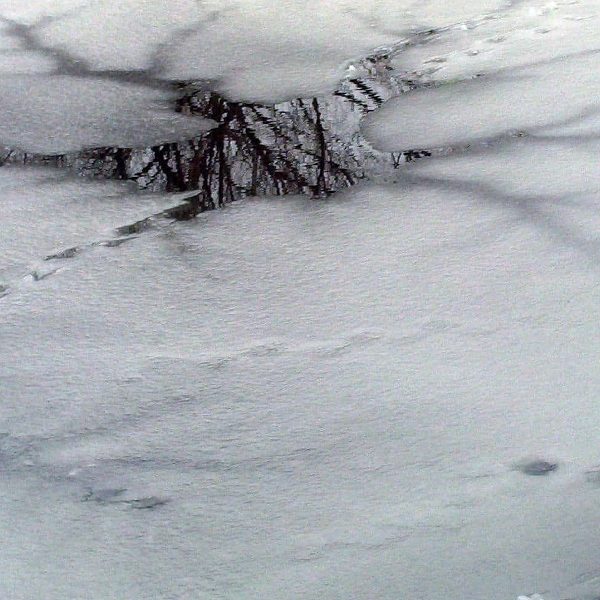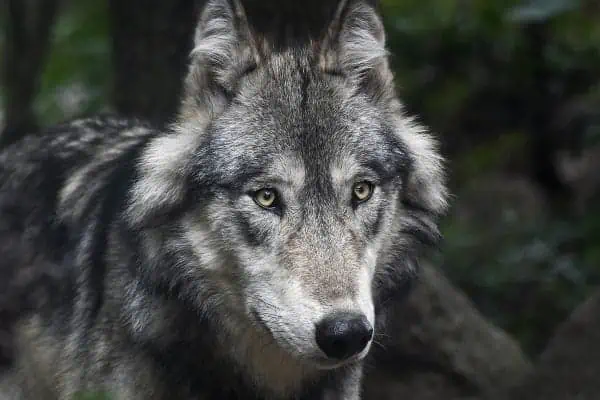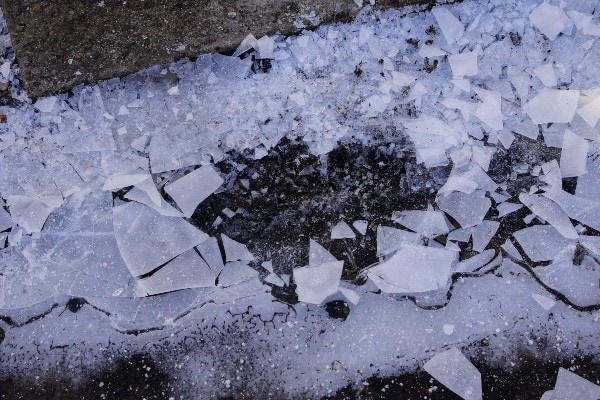
Never have I wanted to skate, again, as much as when I am listening to Joni Mitchell’s “River.” It has, for the past twenty-plus years, been one of my favourite songs since that first time I heard her sing it. A favourite, in part, because of the range of her voice, but also because of the piano accompaniment and intro inspired by “Jingle Bells.”
Skating on a river sounds like a dream, but it would make me nervous (I’m not that brave) and may even be a nightmare.
I have fond memories of strapping on skates to glide over the deep-blue, almost-black pond ice on our Saskatchewan farm, about eight miles south of Bengough. That windblown ice was a little bumpy, as young skaters, but skating was exhilarating all the same. My brother and I learned, with that first winter on the farm, that the colour of the ice, as well as the time of year (mid to late winter), would inform our judgment when it came to ice safety. Deeper-blue ice was safe, but opaque or “snow ice” meant that the ice was likely not ready/not safe. And grey-coloured ice heralded the most-dangerous ice of all, as that indicated the presence of water. Then, of course, there was thickness (four inches or more and the ice was safe). My brother and I never measured the ice of that small pond. We trusted my step-father who knew these things having grown up on the farm, himself, with eight sisters. He was the youngest of his siblings, so my guess is that eight older sisters had taught him a thing or two about the pond. His parents had come to Saskatchewan from Edinburgh, Scotland, and were homesteaders on the piece of land that my mother affectionately named “Poverty Valley.”
Those winters now seem like a lifetime ago and a million miles away (or at least a four-day drive) now that we are living in the Yukon.
In the Yukon, ice tells the same story … and, of course, any fast-flowing body of water, such as the Yukon River, should be avoided. There is an old saying you may have heard: “Thick and blue, tried and true; white and crispy, way too risky.”
The not-so-exhilarating point of this column, though, involves an idiom that is heard often, skating on thin ice (one moment … I need to turn Joni’s song on).
I’ve used this idiom countless times in my lifetime, but the wisdom of it, which used to just glide right by me, has finally taken hold. Often I was referring to some situation or circumstance in my own life, when I said it, though occasionally as a friendly warning to someone who was looking for insight into their own situation or predicament.
I think you may be skating on thin ice!
You’ve figured out by now, I’m sure, that skating on thin ice is the equivalent of saying that someone may, by chance or by choice, be in a “place” they would rather not be, perhaps should not be. Or they may want to be but have found themselves facing a degree of risk or even danger by being there.
But occasionally, as is the case with so many idioms, skating on thin ice may be said with humour, perhaps after establishing or re-establishing a personal boundary or just jovially commenting on someone’s daring endeavours.
Finally, a word of caution: telling someone they are skating on thin ice may be a kind and even wise thing to do, but it can often feel as though you, yourself, are “skating on thin ice” when you say it. But it can, quite literally, “save someone’s bacon.” (Curious, isn’t it, how one idiom follows another.)
I haven’t strapped on a pair of skates since, well, I can’t remember when … since those southern Saskatchewan pond days.
Writing about it, though, feels like a safe activity, and the “ice” looks deep blue here—indeed, safe enough to venture out on.




